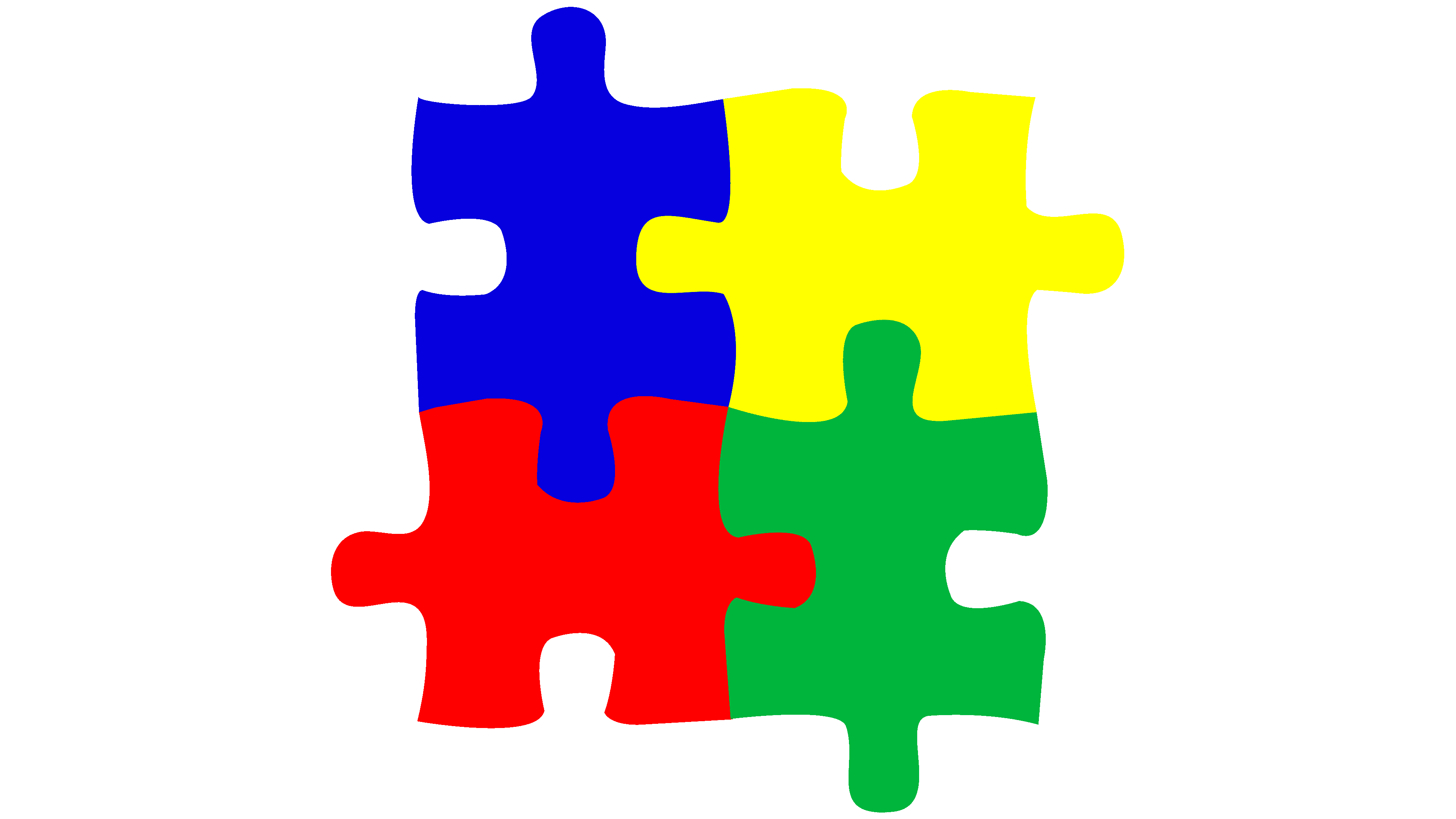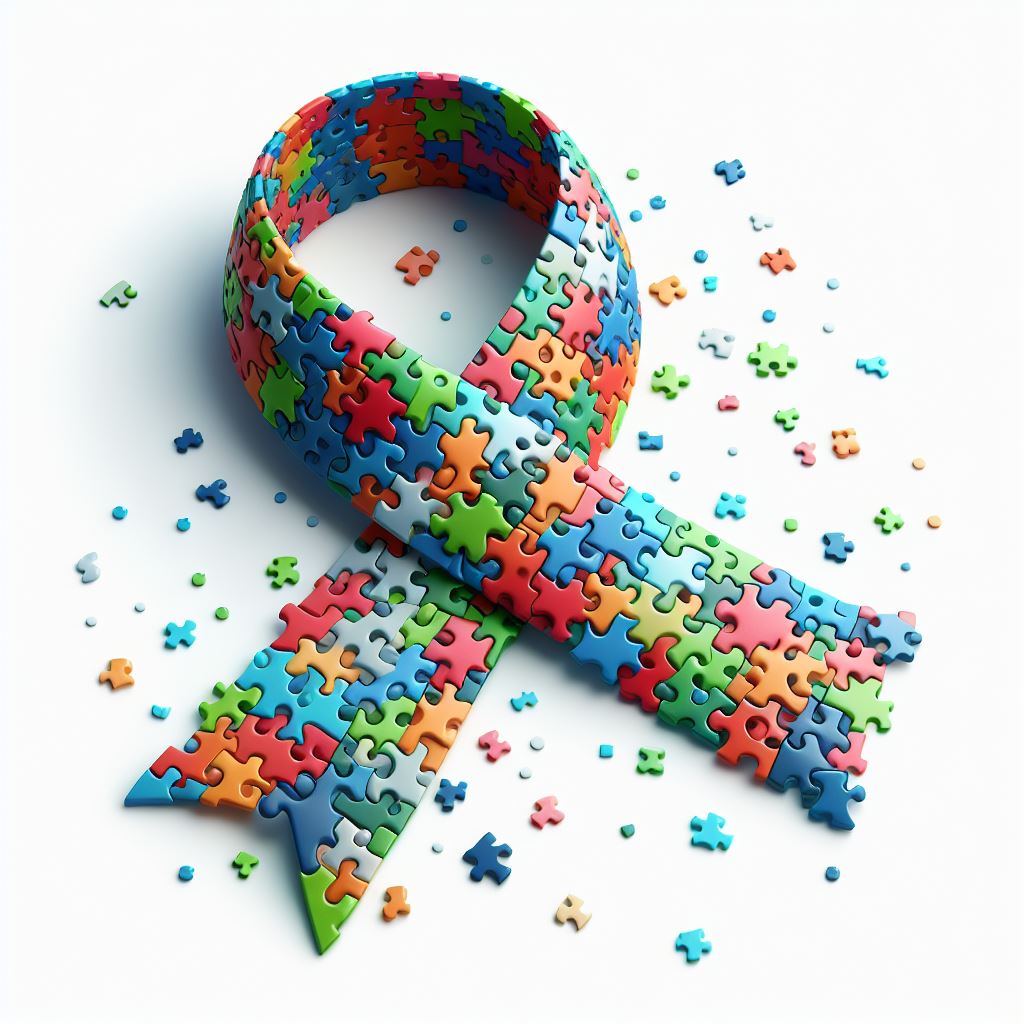Discovering Autism: Techniques for Efficient Communication and Interaction
Efficient communication and interaction with individuals on the autism spectrum demand a thorough understanding of their special requirements and choices. Methods such as employing clear language, using visual supports, and promoting consistent routines can considerably improve interaction and reduce stress and anxiety. Additionally, identifying the significance of non-verbal hints and shared interests leads the way for purposeful connections. However, the intricacies of these approaches reveal more factors to consider that merit exploration, especially in just how they can be adjusted to diverse contexts and individual experiences. What might these adjustments appear like in technique?
Comprehending Autism Spectrum Problem
Autism Range Disorder (ASD) includes a variety of neurodevelopmental problems characterized by obstacles in social communication, communication, and repeated habits. The term "spectrum" mirrors the diverse indications and varying levels of severity experienced by individuals with ASD. While some may exhibit substantial problems, others might show high-functioning qualities, permitting for higher independence in day-to-day live.
The start of ASD generally occurs in early childhood years, with indicators usually well-known by age 2. Very early signs might consist of delayed speech advancement, minimal eye get in touch with, and problems in recognizing social hints. Although the precise etiology of ASD remains unclear, study suggests a combination of genetic and environmental variables plays a critical function in its development.
As a result, treatments and assistance tailored to private needs are crucial for fostering interaction and social skills. Identifying the complexity of ASD is crucial for advertising recognition, approval, and efficient methods that facilitate purposeful interactions with individuals on the range.

Significance of Clear Communication
Effective communication is essential for fostering understanding and connection, especially for people with Autism Range Problem (ASD) Clear interaction not only helps with social interactions yet also improves the individual's ability to share their ideas, feelings, and requirements. For people with ASD, the nuances of language can commonly be testing; consequently, making use of uncomplicated and unambiguous language is necessary.
Furthermore, clear communication helps in reducing disappointment and stress and anxiety that may arise from misconceptions. When messages are shared in a straight and regular manner, individuals with ASD are better furnished to analyze info properly, which can considerably enhance their social interaction and participation in different settings.
Developing regimens and using aesthetic supports can additionally strengthen clear communication. These techniques provide individuals with foreseeable structures that help understanding and retention of details. Additionally, actively paying attention and being patient during interactions advertises an encouraging environment where people with ASD really feel valued and understood.
Ultimately, prioritizing clear communication not just empowers people with ASD yet likewise fosters more meaningful connections with their peers, caretakers, and the bigger community, leading the way for comprehensive communications and collective relationships. - autism
Non-Verbal Interaction Techniques
Communication extends beyond words, and for individuals with Autism Range Condition (ASD), non-verbal hints play a considerable duty in interactions. Non-verbal communication methods can include face expressions, gestures, body movement, and eye contact, every one of which act as crucial elements for conveying emotions and intents.
Comprehending and translating these non-verbal signals can boost interactions useful source with individuals with ASD. A warm smile or open pose can create an inviting environment, motivating involvement. Using visual help-- such as photo cards or signs-- can bridge communication voids and aid share messages a lot more efficiently.
It is likewise crucial to be mindful of individual space, as individuals with ASD may have different comfort levels relating to proximity. Observing their reactions to physical distance can notify appropriate adjustments.

Creating Helpful Atmospheres
Developing a helpful environment is important for promoting positive communications and enhancing the wellness of individuals with Autism Range Disorder (ASD) Such settings can considerably minimize anxiety and create a sense of safety, enabling people to express themselves much more openly.
To achieve this, it is vital to think about sensory level of sensitivities that people with ASD may experience. Changing the physical room to include soft illumination, minimal history noise, and comfy seats can create a relaxing environment. In addition, utilizing consistent routines and clear visual routines can assist people expect transitions and lower uncertainty, more promoting comfort.
Social areas ought to be structured to lessen frustrating stimulations while providing possibilities for engagement in recommended tasks. Assisting in locations marked for quiet time can likewise act as a refuge throughout minutes of stress. Notably, including components of choice encourages people, permitting them to work out agency in their atmosphere.

Encouraging Social Interactions
Promoting social communications amongst individuals with Autism Spectrum Disorder (ASD) requires deliberate methods that focus on convenience and involvement. Developing predictable regimens can assist reduce anxiety, making social settings much more friendly. Creating structured environments with defined roles and obligations allows individuals to engage without the frustrating stress of disorganized social dynamics.
Integrating passions and strengths right into social activities can function as a catalyst for article source communication. For instance, organizing team activities around shared pastimes or subjects of attraction can facilitate natural conversations and links. Additionally, utilizing aesthetic assistances, such as social scripts or pictorial schedules, can help in recognizing social cues and assumptions.
Designing appropriate More Info social actions is crucial - autism. Grownups and peers must show reliable interaction strategies, including active listening and turn-taking. Role-playing situations can likewise give a safe room for individuals to practice these skills
Lastly, promoting peer connections with comprehensive techniques is vital. Urging comprehensive playdates or team getaways can develop opportunities for socializing in a comfy setting. By applying these educators, approaches and caregivers can significantly boost social communications for individuals with ASD, advertising their overall social advancement and wellness.
Conclusion
To conclude, effective communication and interaction techniques are necessary for supporting people with Autism Spectrum Condition. Highlighting clear language, incorporating non-verbal hints, and establishing foreseeable routines considerably enhance involvement and decrease stress and anxiety. Creating encouraging atmospheres cultivates risk-free social interactions, while urging shared interests promotes significant links. Inevitably, these techniques encourage individuals with autism to navigate social landscapes, promoting their overall health and enabling the advancement of long-term partnerships.
Efficient interaction and interaction with individuals on the autism spectrum necessitate a detailed understanding of their unique needs and choices. Clear interaction not only promotes social interactions yet also improves the individual's capacity to share their feelings, needs, and ideas.Fostering social communications amongst individuals with Autism Range Problem (ASD) requires intentional approaches that prioritize convenience and involvement. By applying these instructors, caretakers and techniques can significantly improve social communications for people with ASD, promoting their total social growth and wellness.
In final thought, effective interaction and communication strategies are important for sustaining individuals with Autism Range Disorder.